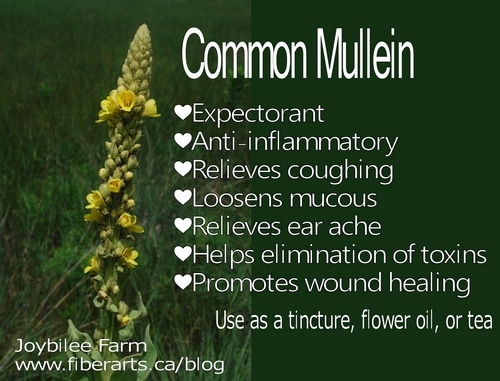I was driving down Villa City Road in Groveland the other
day when I noticed a solitary mullein plant growing by the roadside.
Mullein (Verbascum thapsus) stands out, especially every other year when this biennial’s tall, slender flower stalk is topped by a scattering of yellow blooms like the one I stopped to admire.
I first became aware of this widespread wildflower — some
may say, weed — when I lived on Cape Cod in the 1970s. Back then, I’d find
mullein growing on the edge of the bike trail, along quiet roads or in
disturbed soil. Despite how much Cape Cod has developed since then, I imagine
mullein still thrives in some of those same well-drained, sunny spots.
Mullein, which is native to Eurasia and North Africa, has a
long history as a multi-purpose plant. Although its seeds are poisonous to
people, in the 4th century BC yellow mullein flowers were used to dye hair
while early Romans made torches out of the plant’s long stalks after dipping
them in tallow. Colonists, who introduced mullein to the New World in the
1700s, used mullein seeds as bait to stun fish. More recently, an extract made
from mullein leaves is used to control mosquito larvae.
.JPG) |
| With such a long flower stalk, it's no surprise early Romans thought used mullein as torches |
Mullein is also one of the oldest known medicinal plants.
For centuries, people around the world have used its leaves to ease respiratory and skin problems. Ancient Greeks sought relief by making a tea from the leaves
while Native Americans dried leaves and smoked them.
 |
| Following a long tradition, Mullein Leaf Tea Bags and Mullein Oil are still used today for medicinal purposes |
The plant’s
anti-inflammatory properties also make the leaves useful as a poultice to
soothe skin irritations. Oil made from the plant’s flowers is traditionally
used to treat earaches and swollen glands.
Although I find its history fascinating, my own interest in
mullein is more mundane. I simply like the way it looks. I like its tall
stature and bright flowers. I especially like the plant’s soft leaves — the
softest leaves of any plant I’ve ever felt! I also like that mullein attracts a
wide range of wildlife. Goldfinch and indigo buntings eat mullein seeds while
tiny hummingbirds like to line their nests with the plant’s soft leaves. Many
bees and flying insects pollinate mullein and drink its nectar.
While mullein is not native to Florida, it has been part of
the landscape for centuries. Like most wildflowers, it has a tendency to spread
on its own but that doesn’t make it invasive. Mullein is not included on either
of the two Florida Exotic Pest Plant Council lists of invasive exotic plants.
When I drove down Villa City Road and saw mullein growing by
the roadside, I was pleasantly surprised. Seeing a plant I remembered from my
earlier days brought back happy memories. Mullein is a humble plant that commands attention without demanding care. Whether considered wildflower or weed, mullein is a plant with much to offer.


.JPG)

.JPG)
ahhh - thank you - couldn't remember what this was called and I'm also enjoying the few plants near my kitchen door while I watch the bees visiting it here in Maryland.
ReplyDeleteMullein does have a wide range, growing throughout the United States. Good to know you're enjoying it in Maryland and good to know that the bees are happy too.
Deletegrowing in my Australian garden too
ReplyDelete